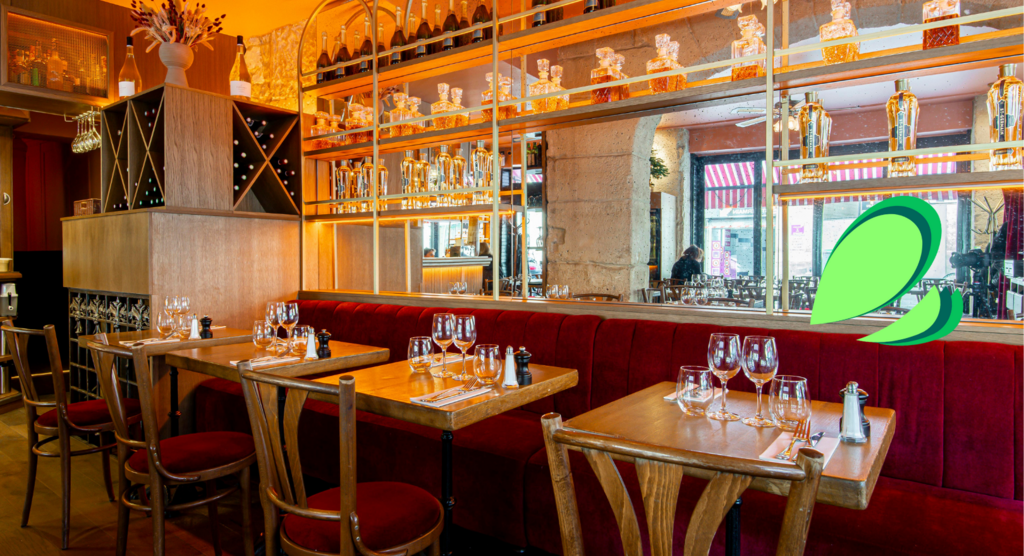VAT in the Restaurant Industry
Value Added Tax (VAT) is tax that VAT-registered businesses must collect from their customers. Its calculation and declaration can be complex due to the various applicable rates. In this article, you’ll learn everything you need to know about how VAT works and how it directly impacts your establishment’s cash flow and profitability.
In the UK, restaurants and pubs will fall under what HMRC refers to as ‘the ordinary meaning of catering’. This blog is geared towards restaurants and pubs that serve food and drink for consumption on-premises, as there are different rules for takeaways.
If you run your own catering outlet, you must account for VAT on any supplies of catering or hot takeaway food. You can reclaim any VAT charged to you as input tax, subject to the normal rules.
What is VAT?
Value Added Tax is an indirect tax on consumption, prevalent in commercial transactions and services in the United Kingdom. It is collected by the business at the time of selling a product or providing a service to the consumer.
However, unlike a traditional sales tax, VAT is calculated at each stage of production and distribution on the value added at each stage — hence its name. In the restaurant sector, VAT applies to both food products and services, with rates varying based on the nature of the product and the context of the sale (on-site, takeaway, alcoholic or non-alcoholic). As we mentioned previously, the information you’ll find in this blog refers to the on-site context.
Proper VAT management is essential for restaurant owners, as you not only need to collect it correctly but also declare it appropriately to the tax authorities.
Is there VAT on food in restaurants and pubs?
Yes. Standard rate VAT is applied on all food items consumed on the premises of a pub or restaurant, which includes designated nearby areas like shared tables in shopping centres or airport food courts.
Restaurants and takeaway vendors are also expected to charge VAT on all hot takeaways and home deliveries, with the sole exception of cold takeaway food — unless it is meant to be consumed in a designated area.
If your business is registered for VAT, you are expected to fulfil certain obligations. These include ensuring that the appropriate VAT rate is included in the price of all the products and services you offer. Additionally, you should maintain accurate records of all the VAT you pay for your business expenses and any goods you import into the country.
One crucial step to ensure compliance with VAT regulations is to submit a VAT return to HMRC, accurately reporting the amounts charged and paid. If any additional VAT amount is owed, the HMRC will notify you, enabling you to make the necessary payment promptly.
Is VAT on food still 5%?
In a word, no.
In July 2020, during the pandemic, VAT was temporarily reduced on certain kinds of food to 5% for the hospitality industry. The rate was then increased gradually, to 12.5% on 1st October 2021 and back again to 20% in March 2022, where it remains.
What is the VAT Threshold? Do I Need to Register My Business?
As a business owner, it's important to be aware of the VAT registration threshold. If your business turnover exceeds £85,000, it's a legal requirement to register for VAT.
Registering your business for VAT will enable you to charge VAT on all goods or services you provide, but it’s worth noting that VAT can only be charged if you are registered to do so. Regardless of whether your business is incorporated or you are a sole trader, registering for VAT is mandatory once you reach the threshold.
What is My VAT Number?
Your VAT number is a nine-digit number given to you when you register your restaurant for VAT.
Display this number on any invoices, your business website and receipts that you give to customers.
Find out more about how TheFork can help your restaurant grow in 2024.











